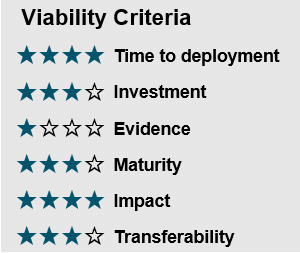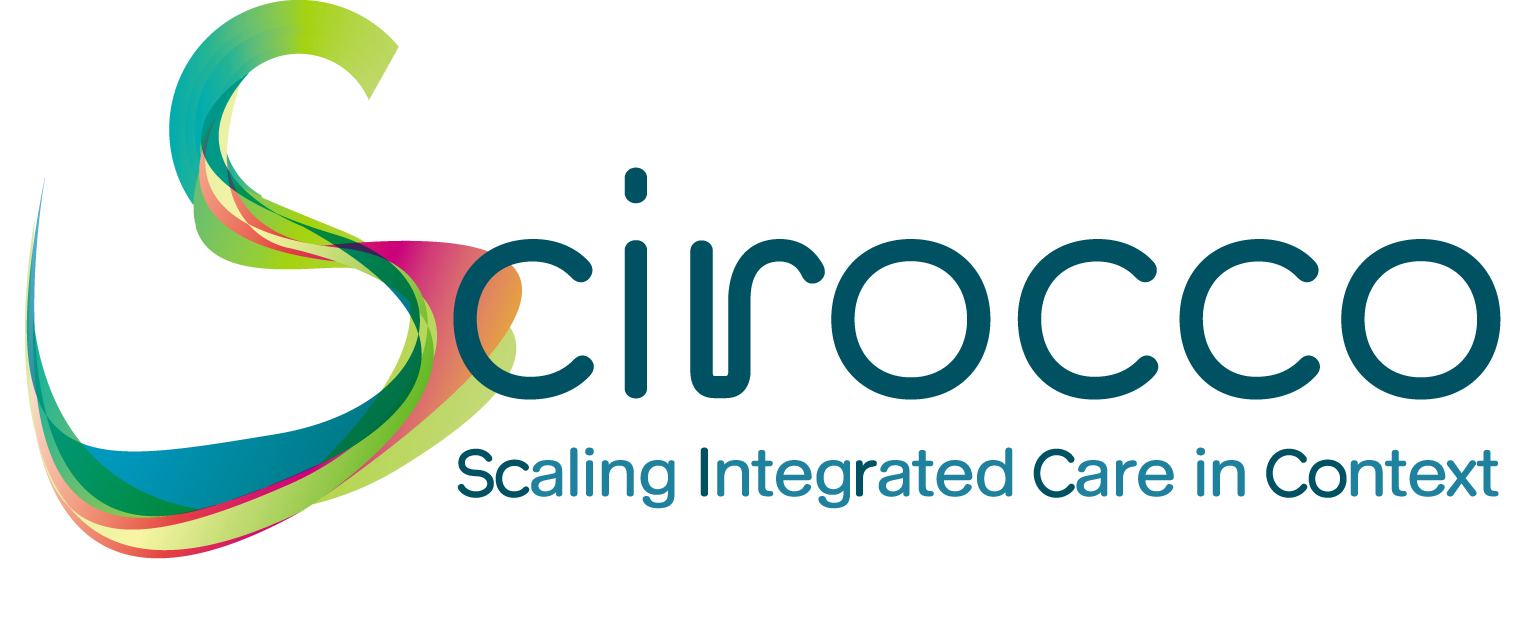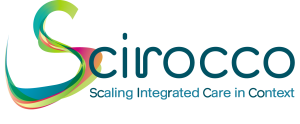Good Practices Overview | Basque Country | Czech Republic | Norrbotten | Puglia | Scotland
 Telemonitoring of patients with AMI and in anticoagulation regime
Telemonitoring of patients with AMI and in anticoagulation regime
Summary of the good practice:
The practice, performed by University Hospital Olomouc with regional activity, is an updated and extended practice (no. 2) of the same healthcare provider that was evaluated in first half of 2013 in the context of EIPonAHA Reference Sites call in that year.
This Good Practice was initiated by experienced cardiologists who recognised the need for improvement of care for mostly senior patients hospitalized for acute myocardial infarction (AMI) and other cardiac conditions. The purpose of the practice is support patients at home, early detect frequent co-morbidity (diabetes) and respond to unwanted development of INR of patients in anticoagulation regime. Political support is sought by management of Czech National eHealth Centre (NTMC, part of UHO) on several levels, including regional government, national healthcare management authorities and also medical societies. The practice reflects regional conditions that are characterized by low usage of ICT in healthcare in the CR and lack of reimbursement and other pre-requisites that would otherwise allow smoother operation of such services. The practice then must have been economically optimized. Experience from participation in relevant EU projects (CIP, such us United4Health) is capitalized in the updated practice. The practice in case of diabetes detection consists of telemonitoring with clinical protocol that is in line with the protocol used in a large EU project Unite4Health that focused on assessing the impact of innovative healthcare services in real conditions in 14 regions of Europe. The practice adapted this generic protocol for the target group of patients after AMI and for the regional conditions.
Until the service was introduced, there has not been method that would enable to collect relevant information about critical parameters development co-morbidities and precisely control development of patient ?s INR at home.
The practice requires only minimum organisational changes in the hospital; its essential parts are under control of clinical staff (cardiologists, diabetologists and nurses) who make use of data (glucose level or INR, as appropriate) received from patients at home. The ICT (telehealth) system used for the practice has also several features that enable bidirectional communication between the medical personnel and patient; including distant ordering of medicaments, which party fills the gap of non-existent e-prescription service in the country. The system also provides basic functions for patient empowerment as measured data are available to patients and bidirectional communication is possible.
The same system is also used for other telehealth-based practices in UHO. Its further features increase technical reliability of distant communication between patient ?s smartphone (gateway) and healthcare personnel with access to telehealth portal.
Central system (portal) is tailor-made for UHO and allows besides of automatic collection of measured data from devices (glucometers, prothrombin time – INR) also controlled manual entering of data by the patients and their processing and presentation to healthcare personnel as needed for amended care protocols.
There is clear relationship between initial co-morbidity detection in population – screening, followed by specific individualized therapy and management of the target group of ill in higher age and therefore the practice has positive impact to health conditions of targeted population.
It is also expected that morbidity, mortality, and quality of life of the targeted patients with observed diagnoses will be improved. Inputs in international medical (cardiology) societies will also further improve position and prestige of EU medical expertise.
As the issue of sustainability of the service is essential, the Good Practice management systematically negotiate with medical societies and national healthcare authorities to achieve reimbursement on national level and to upgrade standardized treatment protocols.
New jobs were created; work force is needed mostly for technical and management oriented tasks. The practice demonstrated increase of the quality of care and satisfaction of patients (esp. INR intervention).
Essential elements of the practice are subject of scaling up in the Region in 2016, where other healthcare providers plan making use of the telehealth system and assume the protocol design for diabetics. The practice can be transferred to other regions in the CR or abroad.
URL: http://www.ntmc.cz/?lang=en
Challenge addressed by the good practice
Training of medical personnel, preparation of the infrastructure, such as the ICT system and its features reflecting needs, pathways for patients including education, methodology for stratification of patients (selection for the service), financing – investment and operation, strategy for negotiation of sustainability (ongoing with stakeholders in the CR in 2016). There is technologic challenge in case of INR intervention as there is lack of Bluetooth enabled devices on the market, which does not allow eliminating fully human entering the measured data. Acceptance of the INR intervention by both the medical personnel and patients is generally very positive, while in case of diabetes intervention it is more complex task and its success is also influenced by relatively high level of care of diabetics by specialists in the CR.
Key innovative elements of the good practice
Early detection of diabetes; precise control of INR in cardiac patients results in reduction of occurrence severe stages of co- morbidities and enable to stabilise patients ́ status.
Improved care, less visit to hospital. The interventions have elements and therefore medical protocols are not compromised. Patients stay in the services for period of time as necessary (depends on the intervention and conditions) and then the equipment can be transferred to another patient.
Full Scirocco information on the good practice
SciroccoGP-Olumouc-4-Telemonitoring-for-AMII-Anticoagulation.pdf [PDF]
Publications and reports on the good practice
n/a
Contact point: Zdenek Gütter, PhD ; Milos Taborsky, M.D., Ph.D, FESC, MBA (head of I. Internal Clinic); Gutter@ntmc.cz


